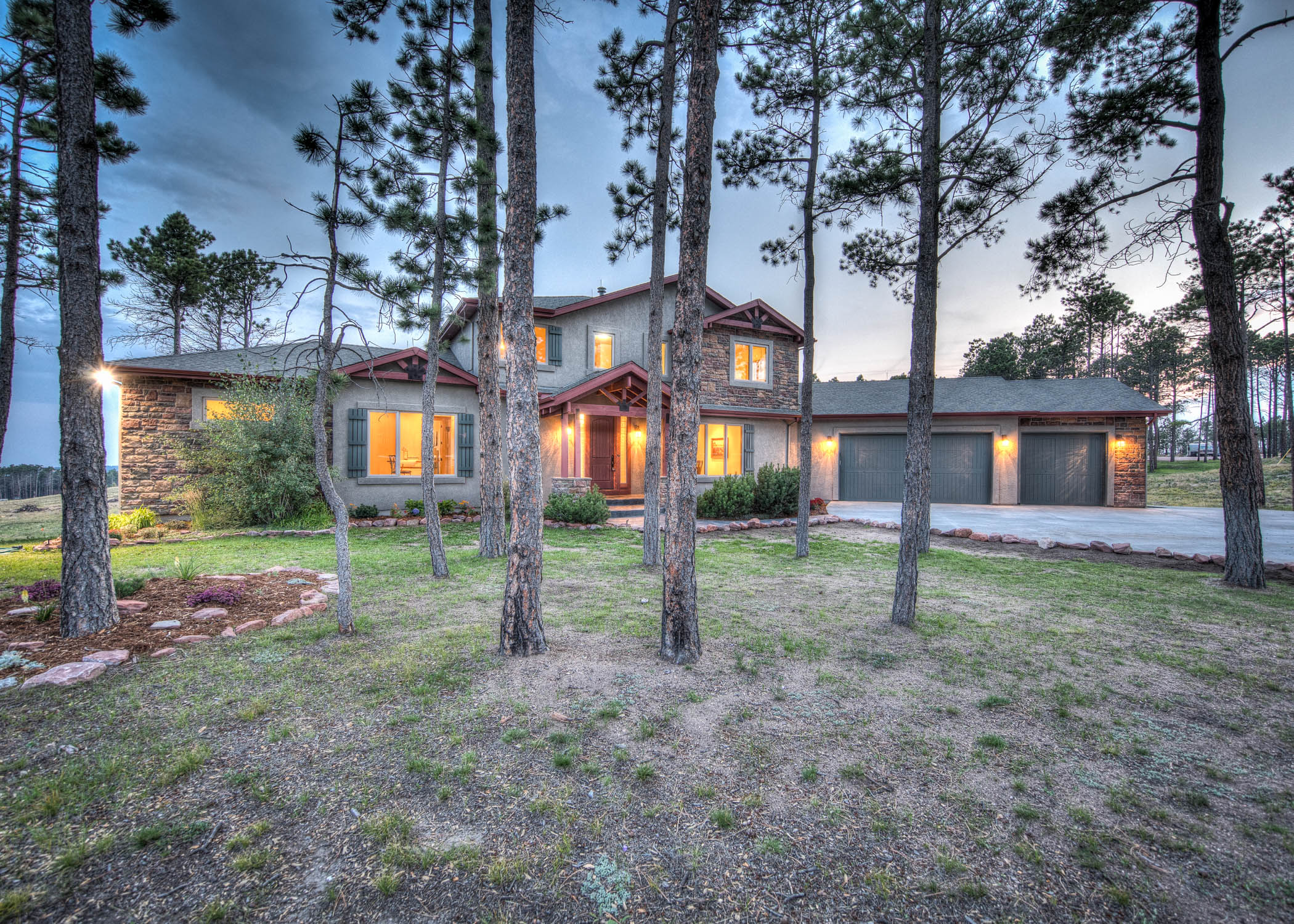

Data derived from satellite data (NOAA-AVHRR and NASA-MODIS burned area) Author provided What’s driving these changes? Trends in autumn and winter burned areas over time. Overall, fires in the cooler months of March to August are growing exponentially at 14% a year. Since 2001 winter fires have soared five-fold compared to 1988–2001 and autumn fires three-fold. Spring and summer used to be the time most forest fires would start. Our fire seasons are also getting longer. Since 2001, there have been three megafire years, defined as a year in which more than one million hectares burn. More extreme fire years and longer fire seasonsīefore 2002, there was just one megafire year in the 90 years Australian states have been keeping records – and that was 1939. This includes ancient Gondwanan rainforests not adapted for fire.Ī staggering 1.8 million hectares burned in 'high-severity' fires during Australia's Black Summer We are seeing fires growing the most in areas once less likely to be affected by fire, such as cool wet Tasmanian forests unaccustomed to large fires as well as the warmest forests in Queensland previously kept safe from fire by rainfall and a humid microclimate. If we include the 2019–20 Black Summer fires, that figure soars to 800% – an enormous leap. If we compare the satellite records from 1988–2001 to the period from 2002–2018, the annual average fire area has shot up by 350%. Over the last 30 years, the areas affected by fire have grown enormously. Data derived from satellite data (NASA-MODIS burned area) and ground/air-based data from states and territories. Years since the last forest fire (decadal mean).

We have focused here only on the most dangerous forest fires, not the fires affecting Australia’s savanna across the tropical north. Our study is based on satellite and ground-based estimates of burnt forest area, and trends of nine wildfire risk factors and indices that relate to characteristics of fuel loads, fire weather, extreme fire behaviour, and ignition. These trends are almost entirely due to Australia’s increasingly severe fire weather and are consistent with predicted human-induced climate change. We found three out of four extreme forest fire years since states started keeping records 90 years ago have occurred since 2002.Īnd we found that the fire season is growing, moving out of spring and summer into autumn and winter. After five years, that would be roughly the size of the entire Australian Capital Territory (235,000 hectares). Our study found that the annual area burned by fire across Australia’s forests has been increasing by about 48,000 ha per year over the last three decades. Our new analysis of Australian forest fire trends just published in Nature Communications confirms for the first time the Black Summer fires are part of a clear trend of worsening fire weather and ever-larger forest areas burned by fires. We can now confidently say that these fires were far from normal. The Black Summer forest fires of 2019–2020 burned more than 24 million hectares, directly causing 33 deaths and almost 450 more from smoke inhalation.īut were these fires unprecedented? You might remember sceptics questioning the idea that the Black Summer fires really were worse than conflagrations like the 1939 Black Friday fires in Victoria. PartnersĬSIRO provides funding as a founding partner of The Conversation AU. Garry Cook, Juergen Knauer, Mick Meyer, and Peter Briggs do not work for, consult, own shares in or receive funding from any company or organisation that would benefit from this article, and have disclosed no relevant affiliations beyond their academic appointment. Pep Canadell receives funding from the National Environmental Science Program - Climate Systems Hub Scientific Programmer and Data Analyst, CSIROĪndrew Dowdy receives funding from the National Environmental Science Program (NESP) Climate Systems Hub. Principal Research Scientist, Australian Bureau of MeteorologyĬhief research scientist, Climate Science Centre, CSIRO Oceans and Atmosphere and Executive Director, Global Carbon Project, CSIRO


 0 kommentar(er)
0 kommentar(er)
